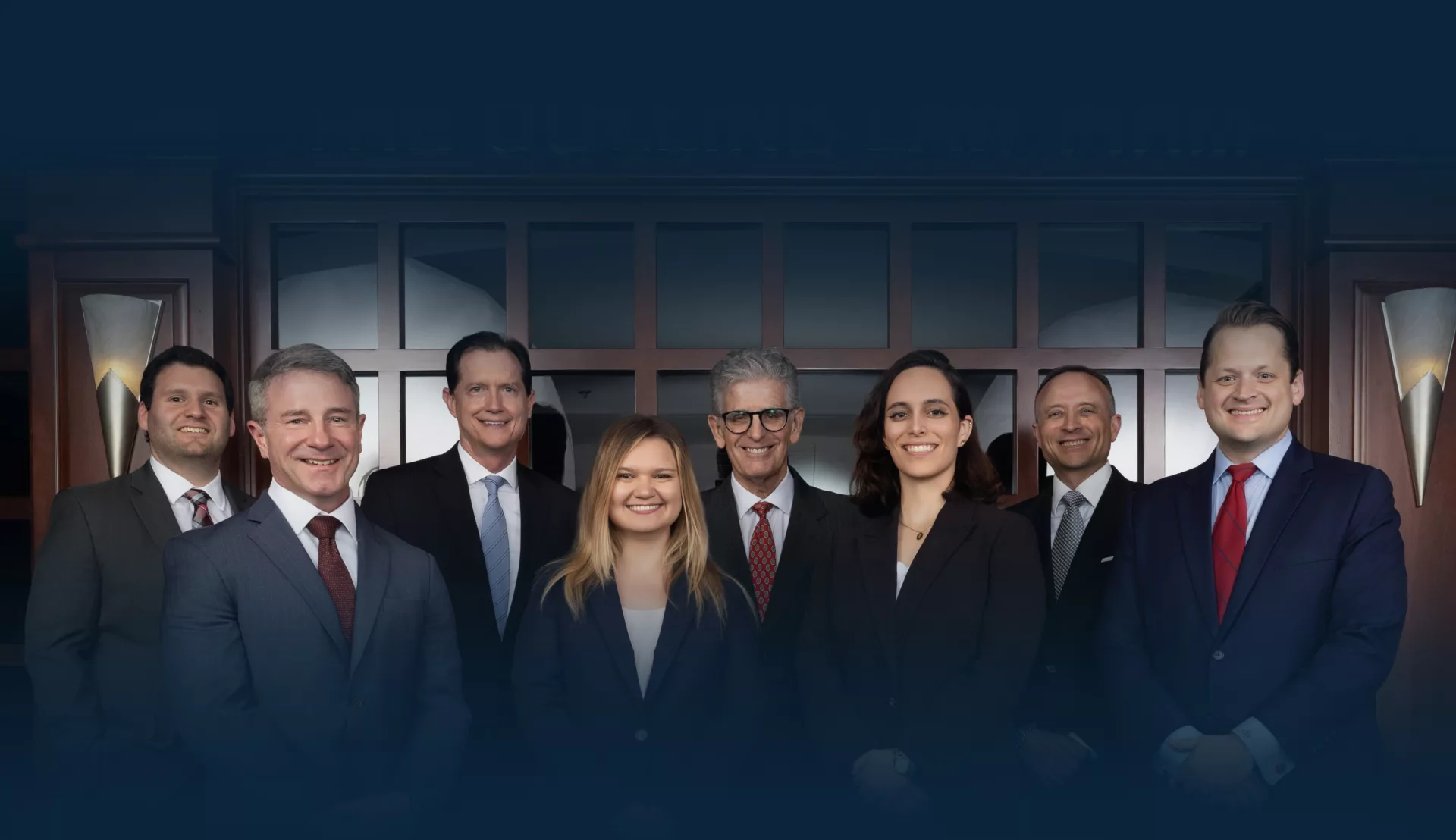
Serious pedestrian accidents in Chicago and the suburbs continue to be a problem for a number of reasons: more people walking to work, an increase in traffic on the roads, and drivers failing to look out for pedestrians. Increasing cell phone usage and distracted driving are also putting pedestrians at risk. Tragically, two pedestrians in Naperville and St. Charles have been seriously injured and pedestrians in Bloomington, Morton Grove, and Chicago have died after being struck by cars recently. Municipalities need to address this problem by analyzing where and why pedestrian accidents happen and taking measures to prevent these tragedies from occurring.
In the meantime, how can victims and families be compensated for these terrible accidents? If a pedestrian is hit by a car, the driver is usually –but not always—found to be at fault and his or her insurance compensates the pedestrian. That is because most states have laws requiring drivers to be alert to their surroundings and to hazards in the road, which would include pedestrians. If the pedestrian is following the rules of the road and is struck by a motorist who is speeding, fails to yield, is disobeying traffic signals, or is otherwise impaired or distracted, the driver is at fault and their policy must compensate the victim. Even pedestrians who are not in the crosswalk may get compensation from the driver’s insurance if they were paying attention, did not act irresponsibly, and did not run into the road to try to beat traffic.
But what happens if the responsible driver is not insured? If the at-fault driver has no insurance or very little insurance, then the pedestrian’s own uninsured and underinsured coverage in their auto policy can compensate them for injuries sustained even if they were not driving at the time. Most people are not aware of this.
We recently settled a case for a pedestrian who was injured after being struck by a car while crossing the street, recovering the maximum policy amount for our client. However, the settlement did not come from the driver’s insurance, because he had no insurance. So, the policy that paid was the pedestrian’s own uninsured motorist policy. Without that insurance coverage, this client would not have received fair compensation because the responsible party had no insurance and no assets.
Many people do not understand underinsured and uninsured coverage and tend to ignore this important aspect of insurance, very often opting for the minimum amount of coverage required by law. But this policy is totally for your protection. It compensates you for your injuries if you are hit by an uninsured motorist, or a motorist with inadequate insurance, while driving a vehicle, riding a bike or even walking.
So, as you can see, in most pedestrian-car accidents, some form of auto insurance will pay for your claim. There are some circumstances, however, where you may be able to bring a different claim. For example, if unsafe streets, broken traffic lights, missing stop signs, or some other hazard contributed to your accident, you may be able to sue the municipality. In other cases, where the pedestrian is working at the time of the accident, worker’s compensation may be required to pay as well.
Preventing pedestrian-car accidents is up to all of us. Drivers need to slow down and be more aware of their surroundings, especially at night, and pedestrians need to ensure they can be seen and behave extra cautiously near roadways. If an accident occurs anyway, it is important to know what claim to bring and what insurance coverage you are entitled to. The pedestrian accident attorneys at The Collins Law Firm can help you sort this out and get you the maximum compensation available for your injuries. Call us at 630-527-1595 or fill out our contact form for a free consultation today.
For more information, see our pedestrian accident page.

"*" indicates required fields